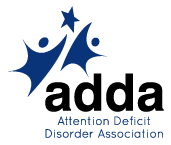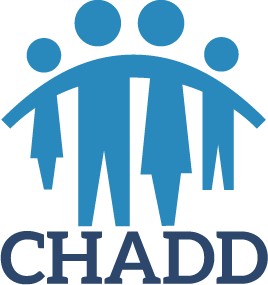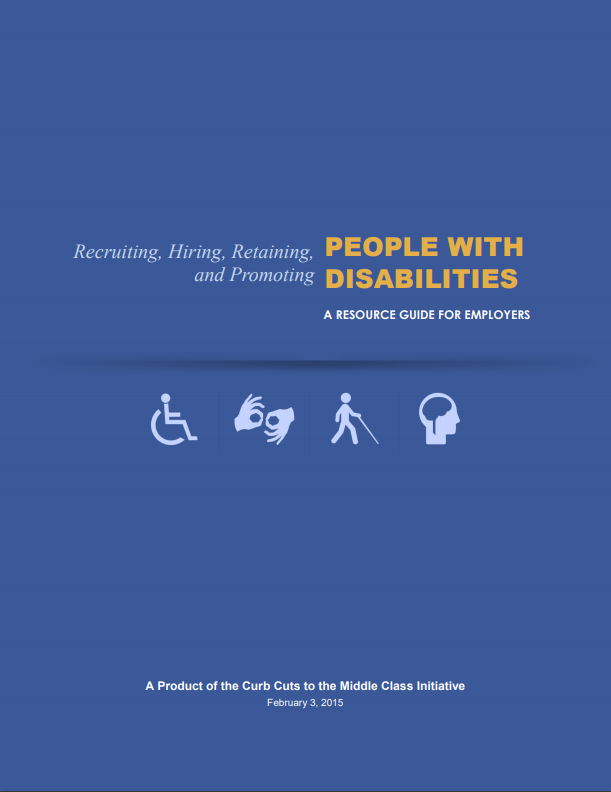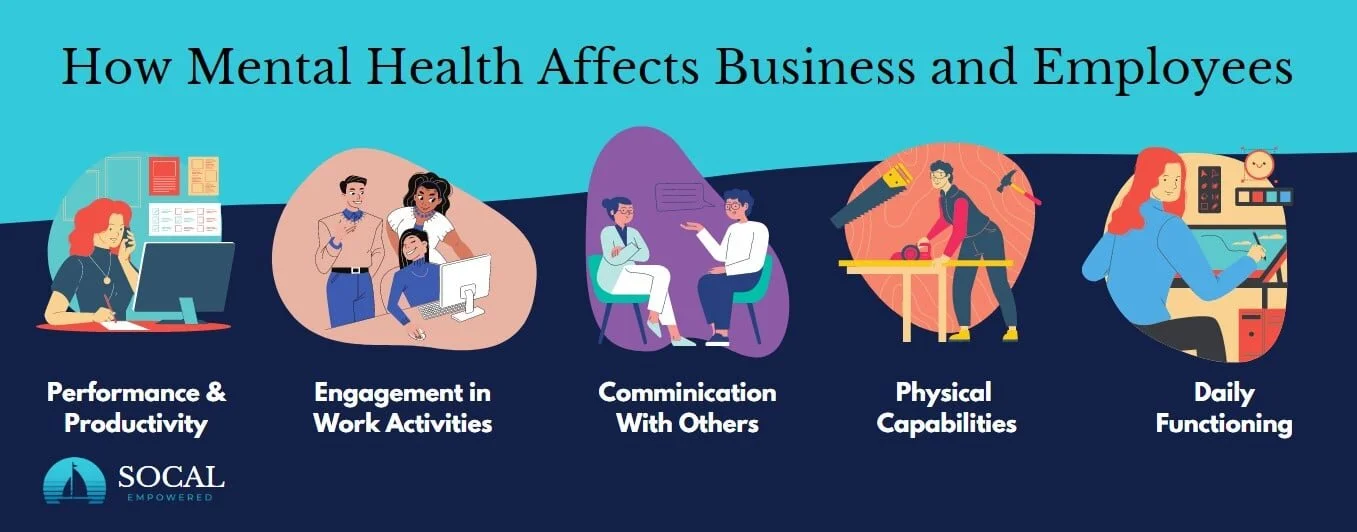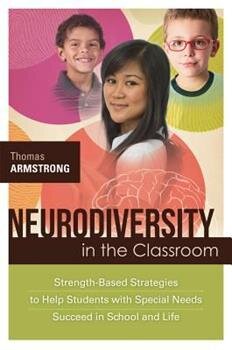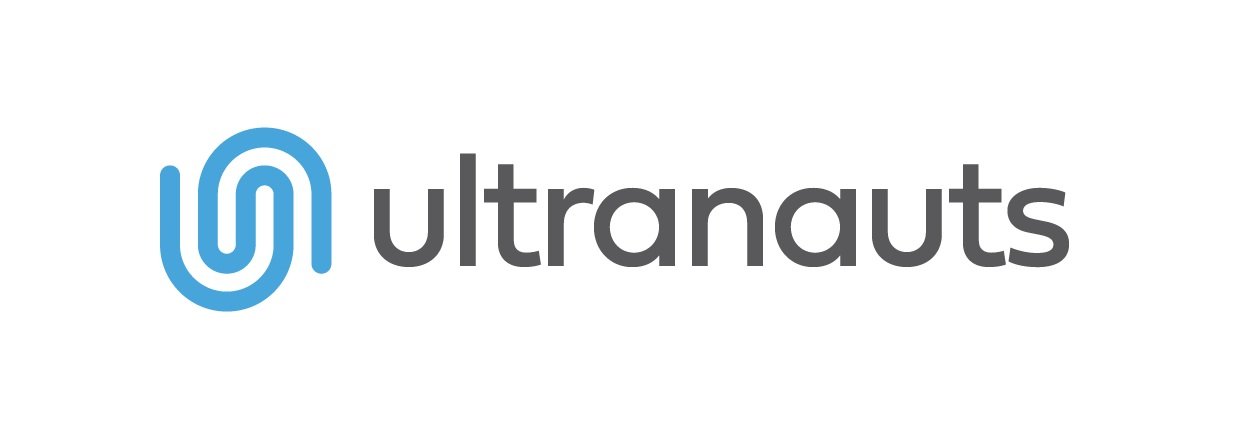This page provides resources to get your company, organization, or campus onboard to provide a positive neurodiverse environment. You will find resources for both a neurodiverse-friendly workplace, neurodiverse-friendly classroom, and neurodiversity checklists for an accessible environment.
CLICK ON THE TOPIC BELOW TO JUMP TO THE CONTENT:
CREATING A NEURODIVERSE WORKPLACE:
Organizations Who Support Employers | Articles | Guides for Employers & HR
BENEFITS OF A NEURODIVERSE WORKPLACE
Companies have saved millions of dollars because of significant innovations autistic employees have brought to the workplace and their ability to fix technical malfunctions with intricate detail, or design 4 patents in 6 weeks (Austin & Pisano, 2017; Todd, 2018; Robinson, 2008).
In cases where great attention to detail and analysis of patterns are required in the workplace, the autistic person often has an advantage over neurotypical employees.
“Autistic employees possess a keen ability to detect subtle defects or a large number of issues in a program which help shape subsequent development efforts, have superior ability to spot irregularities, provide a fresh perspective on potential defects that may not be as apparent to the neurotypical team or written in the test scripts, and correctly identify defects that otherwise were undiscovered” (Pierce, 2018, p212).
The advantages continue in how the NDW address the barriers autistic employees typically face.
CREATING A NEURODIVERSE WORKPLACE
Organizations Who Support Employers:
Pivot Neurodiversity
Pivot empowers companies to support neurodiverse employees in a manner which fosters a greater sense of belonging and inclusion for all employees.
What We Know: Inclusive and diverse teams positively impact output. We've known this for years. Yet, most companies still struggle to build teams which reflect the diversity of the customers they serve. Sticking Points: Traditional efforts on diversity & inclusion foster mismatches between intent & outcome. Thankfully, more impactful approaches are now coming online. Forgotten Employees: All companies employ neurodiverse employees (ADHD, Autism, Dyslexia, & others). However, these employees (& employees who are parents of neurodiverse individuals) aren't understood. Solutions: Pivot helps modernize policies to support neurodiverse employees. We do this in a way which fosters a greater sense of belonging & inclusion for all employees.
Potentia
Potentia brings together decades of experience in workforce optimization and recruitment, along with experts in the field of Neurodiversity to provide employers with a roadmap of how to interview, onboard and manage a neurodiverse workforce.
Companies who have made investments in this area report lower turnover, higher productivity and improved employee engagement
We are focused on those outcomes for our clients and committed to a better future for our applicants through Potentia STARS (Spectrum Training, Recruitment and Support).
Link OT
OUR MISSION:
Linking talent to opportunity.
Link OT provides multi-faceted support to neurodistinct individuals seeking or sustaining employment or other life goals.
We also partner with employers to improve neuro-inclusive recruitment, hiring, onboarding, integration, and retention/career development practices.
We provide support tailored to your needs. This may include recommendations regarding:
Team training to foster an inclusive environment.
Accommodations, according to ADA law and section 504 of the Rehabilitation Act.
Hiring, interviewing, onboarding and workplace integration practice to reflect inclusivity.
Supporting employees in being neurodiversity allies!
Articles:
Neurodiversity as a Competitive Advantage [article]
May-June 2017 Issue | Harvard Business Review | by Robert D. Austin and Gary P. Pisano
SUMMARY:
1. Use nontraditional, non-interview-based assessment and training processes
2. Train other workers and managers
3. Set up a support ecosystem
4. Tailor methods for managing careers
5. Scale the program
6. Mainstream the program
Helping Employees with ADHD Succeed
It has been said that ADHD is a disease of “can’t”, not “won’t”. Individuals with ADHD are typically trying very hard to be productive workers, but can find their best efforts thwarted when their brain processes are hijacked. It is extremely challenging for employee and employer alike when efforts are inconsistent. Approaching these situations with empathy and working together to find strategies that help the employee navigate or work around these trouble spots can help the employee become productive and contribute the skills for which they were hired.
Managing an employee with ADHD can be rewarding provided time is taken to understand how ADHD impacts the employee and their job responsibilities…
WPI Researchers Urge High-Tech Firms to Leverage Talents of Neurodiverse Workers [ARTICLE]
February 14, 2019 | Worcester Polytechnic Institute (WPI)
WPI researchers examine how technology companies can take steps to recognize and create inclusive strategies for workers with neurological variations, such as autism spectrum disorder
[ARTICLE] How Job Coaching Helps Dyslexic Adults at Work [Q&A] by Carly Godden | 14/11/2020
NeuroWork speaks to Dr Nancy Doyle, founder and CEO of Genius Within, about job coaching for dyslexic adults.
CHADD - Children and Adults with Attention-Deficit/Hyperactivity DisorderCH
…it is important to consider your unique picture, as you go about designing strategies, accommodations and modifications for the workplace…
Some adults with ADHD have very successful careers. But for others, the symptoms of ADHD can create a variety of challenges, including poor communication skills, distractibility, procrastination, and difficulty managing complex projects. Here are some of the challenges and tips to overcome them.
Designing For Neurodiversity And Inclusion
What are some the challenges neurodivergents face in the workplace?
How can we design spaces to be more inclusive?
What are the first steps we should take to provide spaces that are inclusive?
Employer & HR Guides:
Autism @ Work Playbook
The Autism @ Work Playbook is the product of a collaborative research project, Autism-Ready Workplace: Creating and Sustaining Autism Hiring Initiatives, led by Dr. Hala Annabi, an associate professor at the University of Washington Information School. To create this guide, the ACCESS-IT Research Group at the Information School studied the Autism @ Work programs of four leading employers: Microsoft, SAP, JPMorgan Chase and EY. In their research, Dr. Annabi and her team systematically examined how the firms established their programs and how they sustain them. The researchers analyzed key organizational strategies, employment and resourcing models, and hiring and onboarding practices. In their analysis, the researchers distilled best practices and developed this guide for other organizations to use to get their programs started.
Neurodiversity at work: Guide for HR Professionals
This guide is for HR professionals and leaders across functions who want to learn more about neurodiversity, the benefits for their organisation, and how they can support neurodivergent people to be comfortable and successful at work. The guide has two main aims: first, to raise awareness of neurodiversity in the workplace among employers; and second, to inspire more employers to action – to take steps to encourage neurodiverse job applicants, remove potential ‘friction points’ in the hiring process and to support their staff to achieve their potential.
Recruiting, hiring, retaining, and promoting people with disabilities: A resources guide for employers
February 3, 2015 | A Product of the Curb Cuts to the Middle Class Initiative
The goal of this resource – a federal cross agency initiative – is to coordinate and leverage existing resources to increase employment opportunities for people with disabilities. This resource guide is an example of federal agencies working together to ensure employers have the tools and resources they need to recruit, hire, retain, and promote people with disabilities
Disability and Inclusion
Oct. 12, 2017 | Coqual (formally Center for Talent Innovation | PDF. Report - 97 pages
Center for Talent Innovation’s report Disabilities and Inclusion has uncovered that employees with disabilities make up an enormous talent pool. Disabilities and Inclusion highlights ways employers can signal inclusion to employees with disabilities.
WAYS TO INCLUDE PEOPLE WITH DISABILITIES:
Inclusive Leadership
Disclosure Training
Signals of Support
Ultimate Guide to Mental Health in the Workplace
MENTAL HEALTH SERVICES IN SOUTHERN CALIFORNIA
Improving mental health in the workplace is increasingly important for a business’ success, especially during the COVID-19 pandemic. Employers and employees can work together to cultivate healthy workspaces. If you are struggling with a mental illness, there are steps you can take and treatment available to create a better life at home and in the office.
Mental Health Statistics - Effects of Covid-19 on Mental Health in the Workplace
Examples of Mental Health Issues in the Workplace - Depression, Bipolar, Anxiety, ADHD
What Employers Can Do - Create a Healthy Workplace, Support Employees with Mental Illness, Support Mental Health in the Workplace During COVID-19
What Employees Can Do - COVID-19 Mental Health Guide
Autism Friendly Business
Making your business more welcoming to individuals and families affected by autism can help you be a recognized leader in community inclusion of all individuals, widen your customer base, increase revenue, increase diversity within your workforce, and foster in your customers a personal stake in your business’ success.
The University of Missouri Thompson Center for Autism and Neurodevelopmental Disorders offers training and support to businesses to help them become Autism Friendly.
You’ll get:
Training for your employees at your location on how to welcome and support customers and/or employees affected by autism
A roadmap for incorporating strategies and procedures to support customers or staff with autism and establish long-term relationships
Autism Friendly Business window decal and marketing materials
Click here to learn more about the Autism Friendly Business program.
Are you an employer? Click here for an introduction on how businesses can be autism friendly in their hiring practices. This brief module will provide some basic steps that your business can take to hire and maintain employees with autism.
CREATING A NEURODIVERSE CAMPUS
Order on Amazon now
Neurodiversity in the Classroom: Strength-Based Strategies to Help Students with Special Needs Succeed in School and Life by Thomas Armstrong
Chapter 1. Neurodiversity: The New Diversity
Chapter 2. The Multiple Talents of Students with Learning Disabilities
Chapter 3. The Joys of ADHD
Chapter 4. The Gifts of Autism
Chapter 5. The Strengths of Students with Intellectual Disabilities
Chapter 6. The Bright Side of Kids with Emotional and Behavioral Disorders
Chapter 7. The Strength-Based School
References
About the Author
Related ASCD Resources: Inclusion
An ASCD Study Guide for Neurodiversity in the Classroom: Strength-Based Strategies to Help Students with Special Needs Succeed in School and Life
[PowerPoint] NEURODIVERSITY: CREATING AN INCLUSIVE COLLEGE CLASSROOM
This PowerPoint provides insight on:
IDEAS TO CONSIDER TO SUPPORT LEARNING
CLASSROOM SUGGESTIONS including fine motor, sensitivities, transitions, and social situations
Supporting College and University Students with Invisible Disabilities by Christy Oslund
With increasing numbers of students with invisible disabilities attending college and university, faculty and staff find themselves faced with new challenges. This practical handbook provides lecturers, tutors, disability services, and administrative staff with an overview of the invisible disabilities they may encounter, dispelling common myths and offering practical advice to support the needs of these students. Students with invisible disabilities are often academically talented but struggle with certain aspects of higher education such as keeping track of appointments or maintaining concentration in lecture halls. By providing detailed information on a range of disabilities including autism, AD/HD, dyslexia, OCD, and affective disorders, this book facilitates a better understanding of the unique needs of these students and what their strengths and limitations may be. With ideas for adapting teaching methods, offering suitable accommodations, and improving institutional policy, this is vital reading for all university faculty and staff.
Valuing differences: Neurodiversity in the classroom
Barb Rentenbach, Lois Prislovsky, and Rachael Gabriel | May 1, 2017 | Phi Delta Kappan. The Professional Journal for Educators
“Drawing on their own experiences as students, researchers, and educators, the authors discuss how teachers can build on the skills and talents of neurodiverse learners.”
CHECKLISTS FOR A NEURODIVERSE ENVIRONMENT
The Biodex
A User Manual For Every Teammate
The Biodex is a user manual for every teammate, designed to empower diverse teams to work efficiently and effectively together. In any organization, when new colleagues join a team, there is a getting-to-know-you period which can be stressful and inefficient for the group as a whole while people figure out how to work with each other. This is especially true for diverse teams where colleagues can represent a wide range of work experiences, social norms, or learning styles, and even more so for distributed teams where “reading” a team member’s reaction or walking over to their desk to get a response is not an option.
Neurodiversity and Buildings | BBC UX&D, CAPE: Creating a Positive Environment
Neurodiversity and Buildings - Design for the Mind
This Sensory Environment Checklist has been produced as a guide to help consider the different sensory responses to an environment that some people may experience. In the same way that environments such as workspaces and public buildings are usually audited to consider physical accessibility, if sensory responses and preferences of Neurodiverse communities are better understood it will be possible to create shared environments that more closely meet everyone’s needs.
Use the checklist to help identify things like busy patterns, lighting, acoustics and layout, which should be considered when thinking about environment accessibility.
Equal Access: Universal Design of Instruction
A Checklist for Inclusive Teaching by Sheryl Burgstahler, Ph.D.
This checklist was field tested at more than twenty postsecondary institutions nationwide.
About DO-IT: DO-IT (Disabilities, Opportunities, Internetworking, and Technology) serves to increase the successful participation of individuals with disabilities in challenging academic programs and careers. Primary funding for DO-IT is provided by the National Science Foundation, the State of Washington, and the U.S. Department of Education
The universal design of instruction (UDI) framework is gaining increased attention and application by educational researchers and practitioners at K-12 and postsecondary levels. UDI means that, rather than designing for the average student, you design instruction for potential students who have broad ranges with respect to ability, disability, age, reading level, learning style, native language, race, and ethnicity. Regarding students with disabilities, UDI challenges the instructor to go beyond legal compliance to proactively make all aspects of instruction, including class climate, interaction, physical environments and products, delivery methods, information resources and technology, feedback, and assessment.
How autistic-friendly are you as an employer?
The autism and Asperger's-friendly employer meter
Following recent academic researchers and posts written by autistics I created the employer autism-friendly calculator. This enables employers (as well as employees) to assess to what extent they are autistic-friendly. I’m aware many don’t even know if they have autistic employees (that might be because many autistics are afraid to disclose that, I’ll write about it soon, or because autistics are extremely less employed), but regardless, it’s a good way to get a decent picture of what is an autistic-friendly employer.







